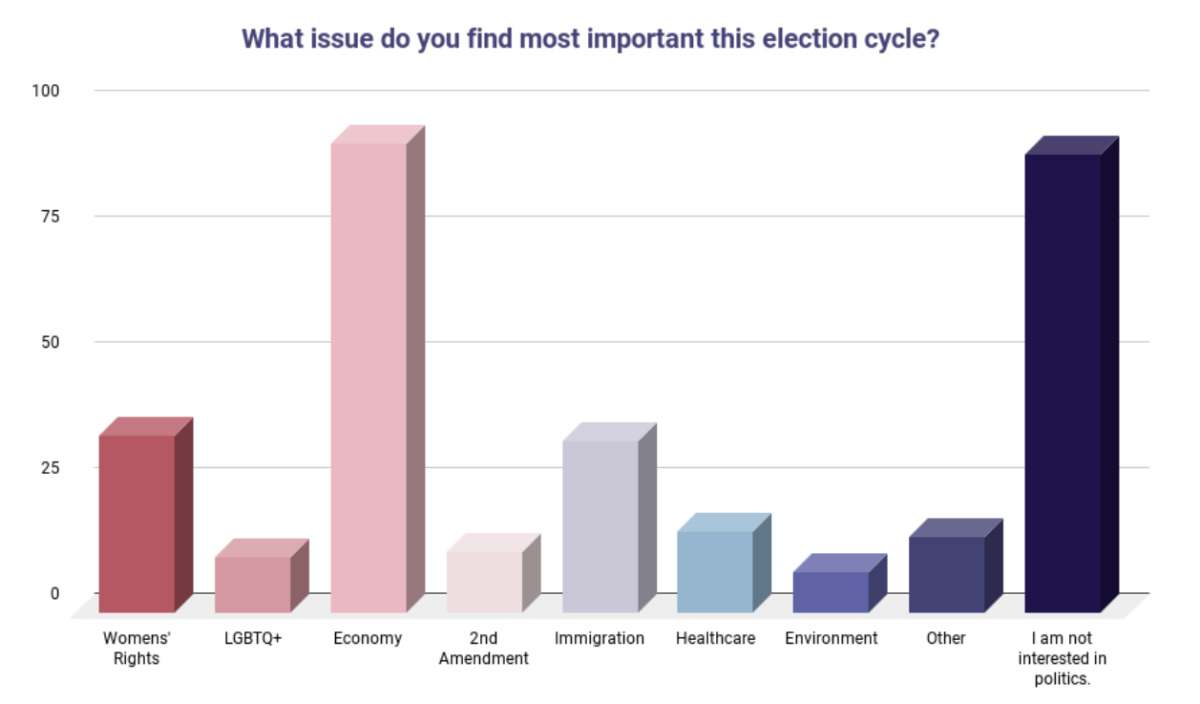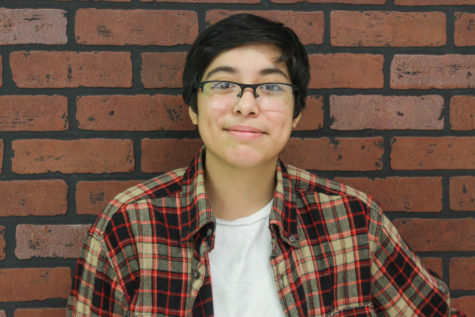In a poll taken by 300 students, over 20 percent have been to a doctor for their anxiety concerns. This is over twice the national average in teens. Students chose the terms “school” and “future” as the highest reasons for their anxiety. According to Psychology Today, this is in part because of the higher competition to get into college.
“When I first started working at Marcus I noticed that there were lots of students coming in for anxiety,” Nurse Margot Ell said.
Ell says that anxiety can develop from different things.
“It really kind of changed what I do as a nurse a little bit just that I’m dealing with it more than I have in past,” Ell said. “So initially I thought well maybe it was because the school’s so academically high… but I’ve been corrected on that, I think all high school nurses are seeing it across the board.”
Even when a student does come in due to anxiety, Ell says that some don’t openly tell her what the problem is.
“I suspect that it’s more than what kids tell me,” Ell said. “A lot of times when kids have anxiety they actually come in and really complain about things like having a headache or a stomach ache, a feeling nauseous or lightheaded so if the underlying reason that someone is having those symptoms is anxiety.”
These symptoms are called somatic symptoms.They are the physical characteristics of having a anxiety attack, and are often the most notable symptoms.
M9 nurse Susan Bright said that so far in this year about five to six students have come into her office for anxiety related issues. Typically those coming in are having a panic attack, indicated by increased heart rate and nausea. When Bright is dealing with a student having a panic attack, she does her best to help calm them down as quickly as possible.
“I usually talk to them [and] find out what’s caused [the panic attack],” Bright said. “Sometimes I have to refer them to the counselor. If a student has already seen the counselor they just come in here and lay down sometimes. This is a safe place.”
Bright says it’s important for someone having a panic attack to have support, which is why counselor and nurses office are close to each other. This provides students quick access to the resources they need.
Sophomore Marc Kidwell has seen some of his friends deal with anxiety and has helped them with it by calming them down. Whenever his friends call him while they’re having an anxiety attack, he tells them to take deep breaths and to find something to distract themselves. He knows anxiety plays a major role on campus from what his friends have told him.
“I see it as a big problem because people who have anxiety sometimes don’t want to do the school work or can’t because it stresses them out too much,” Kidwell said. “Which is completely understandable but it’s really bad for that person because they can’t really function too well [because of] it.”
Local Pediatrician Aimee Vafaie has seen the many ways anxiety can affect the lives of preschoolers to adults. Vafaie says having anxiety is like an extreme sport. Some people are able to ride their bikes or their skateboards, but then there are those who are very talented at their sport and do extreme tricks. Vafaie said that people with anxiety worry and they can’t control it, and sometimes it gets to the point where the anxiety can be debilitating.
Ell has also noticed the increase of anxiety in students and said she has become curious about what exactly lead up to this.
The anxiety diagnosis covers a wide range of disorders, such as General Anxiety Disorder (GAD), Obsessive-Compulsive Disorder (OCD) and Posttraumatic Stress Disorder (PTSD). The increase of these numbers can rely on many different factors, like school, work or the popularity of social media. Karol Mackowicz, a New York Post reporter, has even suggested that overbearing parents or how our generation enters independent life later than our grandparents have might be the culprit.
The National Institute of Mental Health (NIMH), approximates that 18.1 percent of American adults have some sort of anxiety disorder. However, there are still people who are either misdiagnosed, unable to receive proper help or are unaware they have an anxiety disorder which can raise the percentage to about 30 percent. One third out of that statistic have sought help, but only 10 percent are able to get the right resources.
“It can be from anything,” Ell said. “It can be from school, it can be from social stuff, it can be from a boyfriend issue. So there’s not always a pattern but [it’s] there.”











